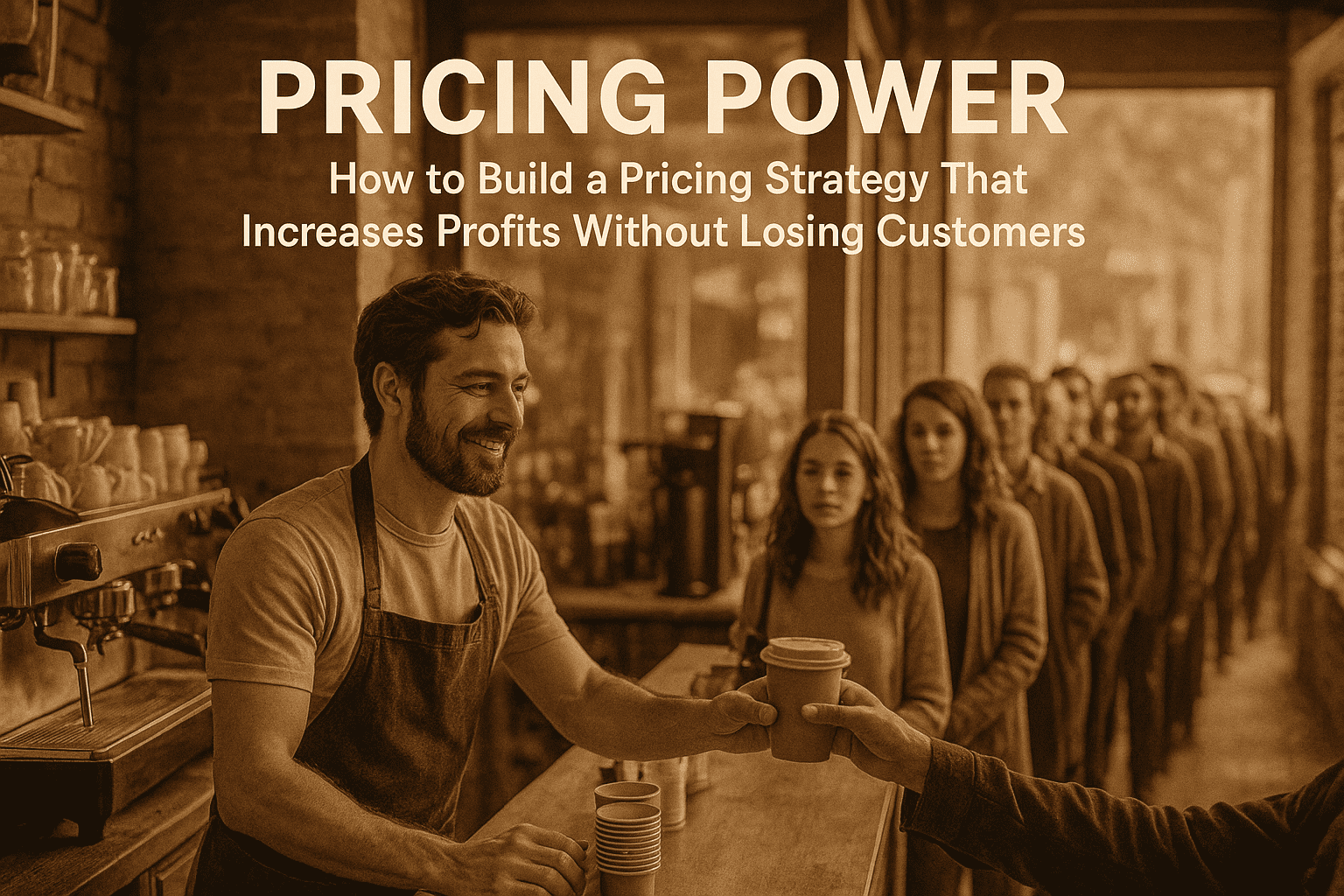
Setting the right price is one of the most critical—and often underestimated—decisions in growing a profitable business. In 2025’s dynamic market, where customer loyalty and purchasing behavior are shifting faster than ever, pricing isn’t just a financial decision—it’s a branding strategy. Price too high without justification and you lose customers; price too low and you devalue your expertise.
For entrepreneurs and small business owners, mastering pricing means mastering positioning, profitability, and perception. Here’s how to build a modern pricing strategy that maximizes revenue while strengthening your brand.
1. Anchor Your Pricing to Value, Not Just Time or Costs
Cost-based pricing (charging based on hours or production costs) is outdated for most service-based and digital businesses. Customers don’t care how long something takes—they care about the value it delivers.
Action Step: Define the tangible transformation or outcome your product or service provides. Then price based on that perceived value, not your internal costs.
Example: A website redesign might take 10 hours, but if it doubles a client’s sales, it’s worth far more than just your hourly rate.
Stat to Know: McKinsey reports that businesses who shift to value-based pricing strategies can see profit margin increases of up to 25%.
2. Introduce Tiered Pricing Packages
Giving customers options reduces price resistance. Tiered packages let you serve different segments of your audience while guiding most buyers toward your ideal offering.
Action Step: Create three pricing tiers:
- Entry-Level (Good): Core deliverable, minimal extras.
- Mid-Level (Better): Core deliverable + bonus features (your “sweet spot”).
- Premium (Best): Full-service experience, fastest turnaround, additional customization.
Pro Tip: Use “price bracketing” psychology—most buyers will choose the middle option when presented with three.
3. Use Price Framing to Highlight Value
How you present your pricing matters as much as the number itself. Effective price framing focuses on what the customer gains, not what they spend.
Action Step: In your sales page or proposal, clearly break down:
- The pain points your offer addresses
- The potential losses they avoid by not solving the problem
- The long-term benefits your solution provides
Example: “Investing $2,500 now could save you over $10,000 in lost leads over the next six months.”
Bonus Tip: Offer monthly payment plans where appropriate to lower upfront sticker shock without lowering the actual price.
4. Test and Optimize Regularly
Pricing isn’t a one-and-done decision. As your brand grows, your positioning strengthens, or market conditions shift, your pricing should evolve too.
Action Step: Review your pricing every 6–12 months and ask:
- Are customers buying without hesitation? (You might be underpriced.)
- Are you consistently discounting to close deals? (You might be overpriced or misaligned on value.)
- How does your pricing compare to competitors with similar positioning?
Consider running limited-time offers at different price points to test willingness to pay before making permanent changes.
5. Protect Your Brand Value With Strategic Discounts
Discounting can quickly erode brand trust if not used carefully. Instead of slashing prices randomly, offer strategic bonuses or urgency-driven promotions.
Action Step: Structure promotions around:
- Early Bird Bonuses (additional resources or services if they act early)
- Limited-Time Packages (seasonal bundles or upgrades)
- Loyalty Rewards (for repeat customers)
Stat to Know: According to RetailMeNot, 80% of consumers feel encouraged to make a first-time purchase with a brand that offers incentives without directly cutting the price.
Final Thoughts
Pricing is more than math—it’s messaging. It tells the market how you see yourself and how they should see you. When you price confidently based on value, offer strategic options, frame your price around transformation, and evolve as your brand grows, you don’t just make more money—you build a stronger business that earns deeper trust.
Your Move: Take 30 minutes today to review your current pricing. Ask yourself: “Am I pricing based on the outcome I deliver, or the effort I put in?” Then make one small adjustment using the strategies above—and watch how your positioning and profits shift. Pricing isn’t just a number. It’s a signal. Make sure yours sends the right message.


